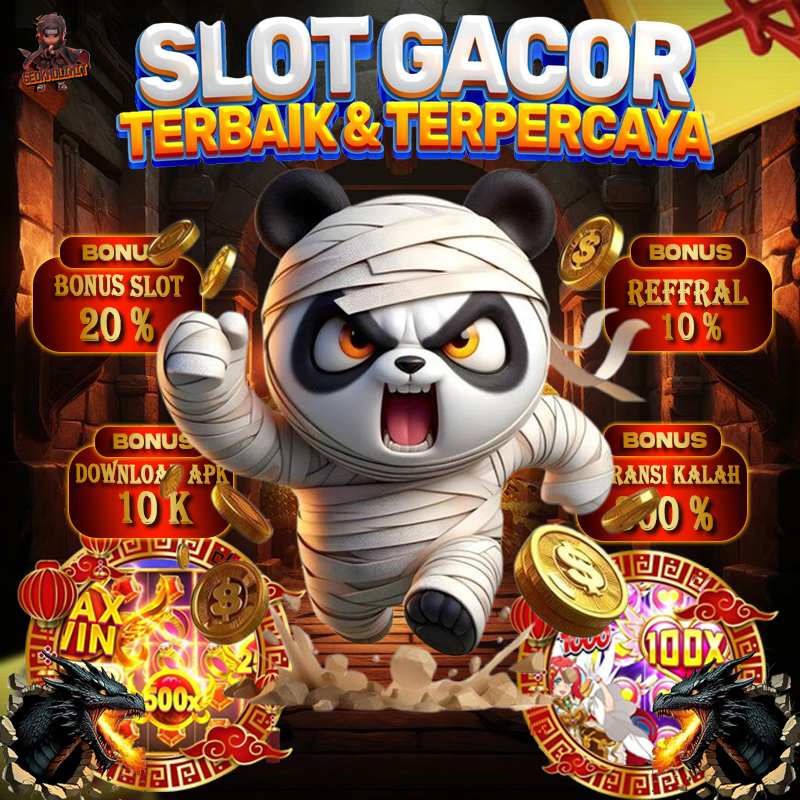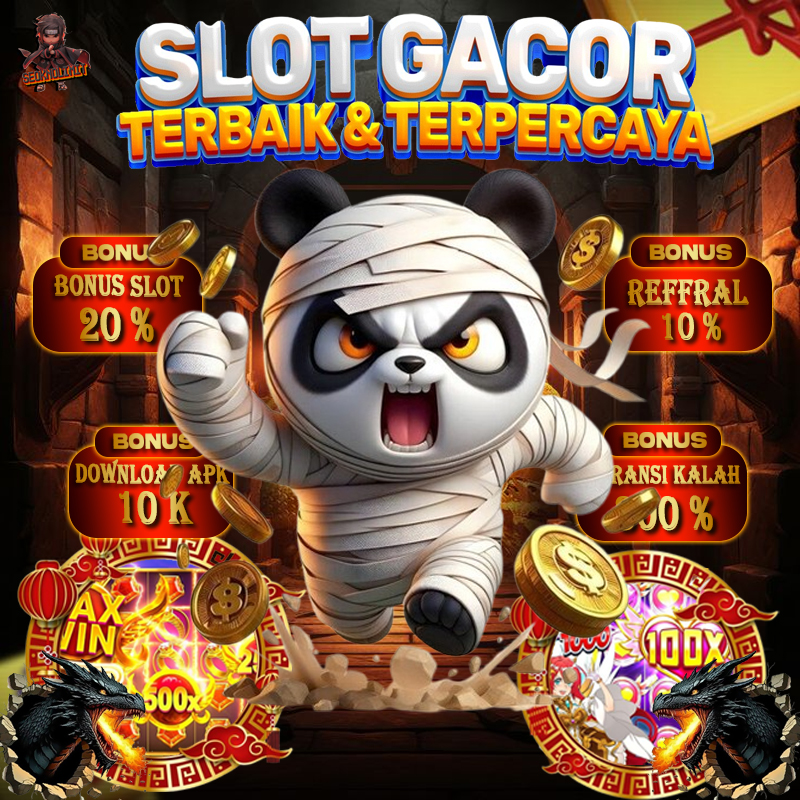Banyak diminati. 52k orang membeli ini dalam 24 jam terakhir.
Harga: Rp 1,000+
Normal: Rp 100,000+
Diskon segera berahir 17:07:47
SLOT RESMI adalah Link gacor situs slot online terpercaya di mana pemain bisa berburu Maxwin setiap hari hanya dengan deposit 1000 dan bet 200 rupiah. Di sini, modal kecil bukan batasan, karena setiap spin berpeluang jadi cuan besar lewat sistem permainan yang terbukti mudah menang!
Star Seller
Star Sellers have an outstanding track record for providing a great customer experience—they consistently earned 5-star reviews, shipped orders on time, and replied quickly to any messages they received.
-
1. Enter Name/Text
2. Color of Yarn (Default color is white yarn if none selected)
*This is oversized jumper, select one size smaller for a more fitting look0/1024
You can only make an offer when buying a single item
Star Seller. Penjual ini secara konsisten mendapatkan ulasan bintang 5, mengirim tepat waktu, dan membalas dengan cepat setiap pesan yang mereka terima.
Highlights
SLOT RESMI adalah Link gacor situs slot online terpercaya di mana pemain bisa berburu Maxwin setiap hari hanya dengan deposit 1000 dan bet 200 rupiah. Di sini, modal kecil bukan batasan, karena setiap spin berpeluang jadi cuan besar lewat sistem permainan yang terbukti mudah menang!
-
Pesan hari ini dan akan tiba pada: Sep 19-26
Jika anda bermain di situs LINK GACOR yang memiliki lisensi resmi seperti SLOT RESMI. Anda berhak mendapatkan hadiah tambahan yang besar hari ini.
-
Pengembalian dan penukaran tidak diterima
Namun, silakan hubungi saya jika Anda memiliki masalah dengan pesanan Anda
-
Cost to ship: Rp 1,000
-
Ships from: Indonesia
There was a problem calculating your shipping. Please try again.
SLOT RESMI Perlindungan Pembelian
Berbelanja dengan percaya diri di SLOT RESMI, mengetahui jika terjadi kesalahan pada pesanan, kami siap membantu Anda untuk semua pembelian yang memenuhi syarat —
see program terms
Captcha failed to load. Try using a different browser or disabling ad blockers.
4.9 out of 5
(62.6k reviews)
All reviews are from verified buyers
Sempat ragu karena cuma deposit 1000, tapi ternyata beneran gacor! Bet 200 bisa dapet scatter berturut-turut. Gak nyangka bisa WD jutaan dari modal receh. Slot Resmi ini emang beda, gampang menang dan gak ribet.
Pertama kali main di situs slot resmi ini langsung jatuh cinta. Transaksi lewat Dana cepet banget, gak ada potongan, dan bonusnya lumayan besar. Spin ringan tapi hasilnya sering bikin kaget. Recommended banget!
Udah coba beberapa situs, tapi cuma di Slot Resmi Gacor yang bener-bener konsisten kasih kemenangan. Bet kecil 200 rupiah aja bisa dapet free spin beruntun. Bukti nyata kalau situs ini bukan sekadar janji doang.
Aku suka karena tampilannya simple dan gak lemot. Deposit cuma seribu rupiah langsung bisa main. Sekali spin scatter nongol tiga kali! Seru banget, berasa tiap hari bisa Maxwin tanpa harus keluar banyak modal.
Photos from reviews

This seller usually responds within 24 hours.
Smooth shipping Has a history of shipping on time with tracking.
Speedy replies Has a history of replying to messages quickly.
Rave reviews Average review rating is 4.8 or higher.
Disclaimer: SLOT RESMI adalah Link gacor situs slot online terpercaya di mana pemain bisa berburu Maxwin setiap hari hanya dengan deposit 1000 dan bet 200 rupiah. Di sini, modal kecil bukan batasan, karena setiap spin berpeluang jadi cuan besar lewat sistem permainan yang terbukti mudah menang!



